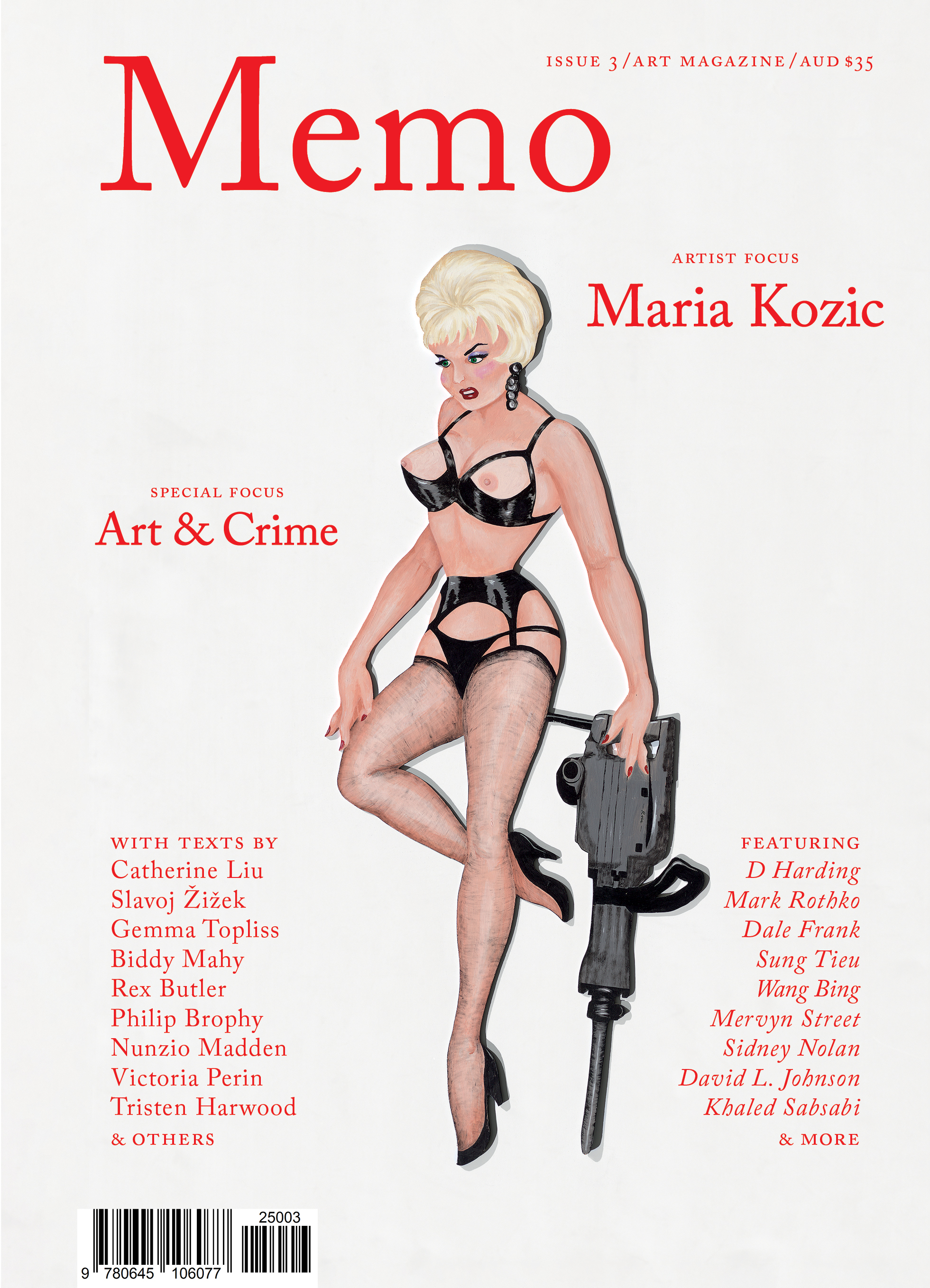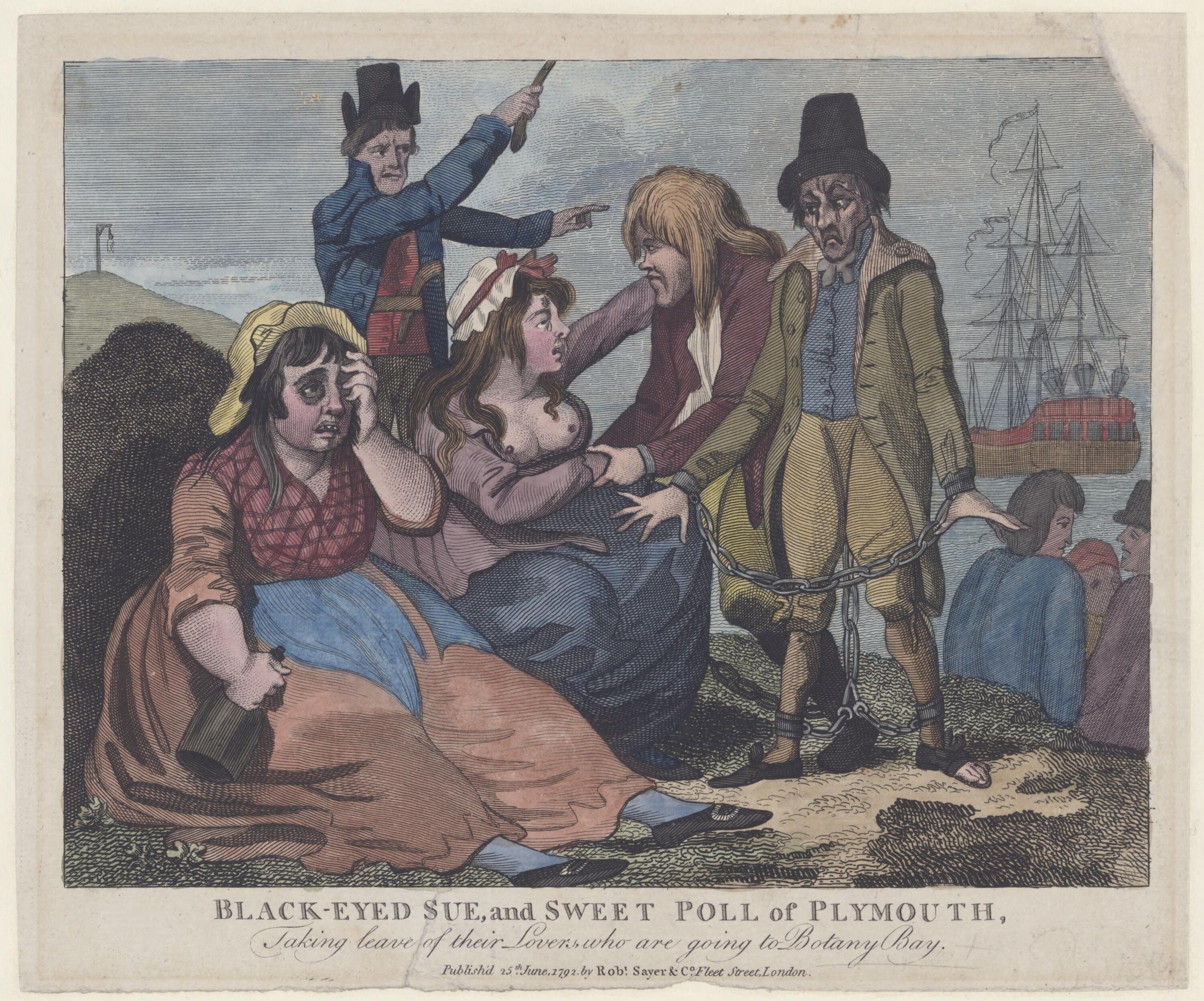None of Us Are Free / When One of Us Is Chained
In a recent media release from the office of the Minister for the Arts, Tony Burke (2024) referred to a government arts initiative as an “opportunity to highlight exceptional but lesser-known works within the National Collection and share them with communities for whom they hold special significance.” Imagine: $11.8 million over four years spent on transferring and safeguarding old paintings like The Countrywoman (1946) by Russell Drysdale and The Anteroom (1963) by Charles Blackman. The two old ghosts from the graveyard return to the gentlemen’s estate at Retford Park for the bourgeoisie of Bowral. Are you bored yet? You bloody well should be.
Exclusive to the Magazine
None of Us Are Free / When One of Us Is Chained by Daisy is featured in full in Issue 3 of Memo magazine.
Get your hands on the print edition through our online shop or save up to 20% and get free domestic shipping with a subscription.
Related
As the art world fixates on the global present, a new wave of Australian and Chilean artists, critics, and historians are turning backward—embracing archives, provincialism, and forgotten genealogies. Is resisting contemporaneity the most contemporary move of all?
By recasting Black-Eyed Sue and Sweet Poll in shackles, Sayer’s 1792 engraving subverts the sailor’s farewell to reveal convict and naval cruelty as mirror images.
Anna Higgins’s work operates within a cinematic, layered logic of montage—an intricate interplay of history, memory, and materiality.


